Applied Sciences, Free Full-Text
Por um escritor misterioso
Last updated 10 novembro 2024
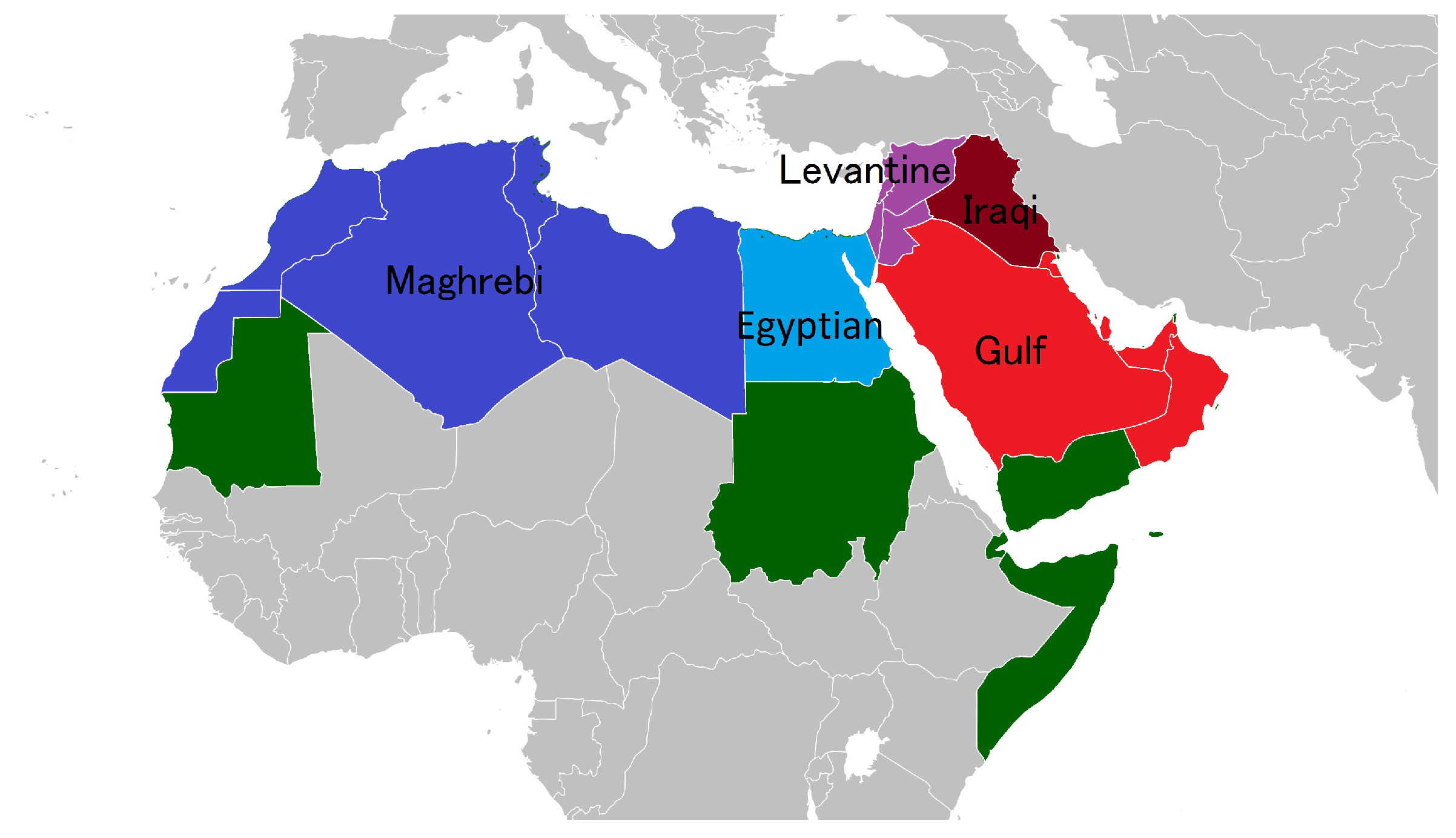
The recent surge of social media networks has provided a channel to gather and publish vital medical and health information. The focal role of these networks has become more prominent in periods of crisis, such as the recent pandemic of COVID-19. These social networks have been the leading platform for broadcasting health news updates, precaution instructions, and governmental procedures. They also provide an effective means for gathering public opinion and tracking breaking events and stories. To achieve location-based analysis for social media input, the location information of the users must be captured. Most of the time, this information is either missing or hidden. For some languages, such as Arabic, the users’ location can be predicted from their dialects. The Arabic language has many local dialects for most Arab countries. Natural Language Processing (NLP) techniques have provided several approaches for dialect identification. The recent advanced language models using contextual-based word representations in the continuous domain, such as BERT models, have provided significant improvement for many NLP applications. In this work, we present our efforts to use BERT-based models to improve the dialect identification of Arabic text. We show the results of the developed models to recognize the source of the Arabic country, or the Arabic region, from Twitter data. Our results show 3.4% absolute enhancement in dialect identification accuracy on the regional level over the state-of-the-art result. When we excluded the Modern Standard Arabic (MSA) set, which is formal Arabic language, we achieved 3% absolute gain in accuracy between the three major Arabic dialects over the state-of-the-art level. Finally, we applied the developed models on a recently collected resource for COVID-19 Arabic tweets to recognize the source country from the users’ tweets. We achieved a weighted average accuracy of 97.36%, which proposes a tool to be used by policymakers to support country-level disaster-related activities.

Applied Sciences Inc. - Nanomaterials - Carbon Fibers - Nanomat

Advanced Science - Wiley Online Library
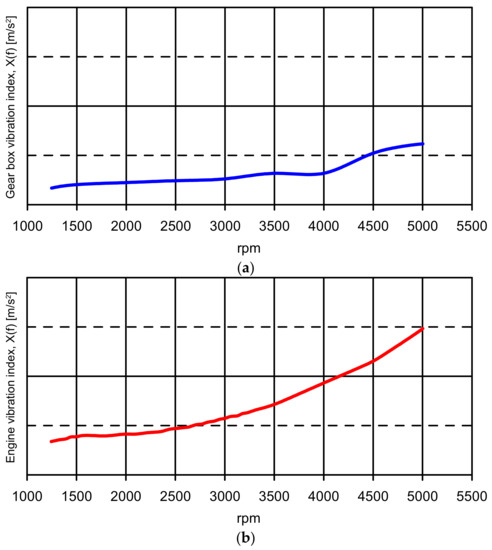
Free Delivery & Gift WrappingApplied Sciences, Free Full-Text, vibration at certain rpm
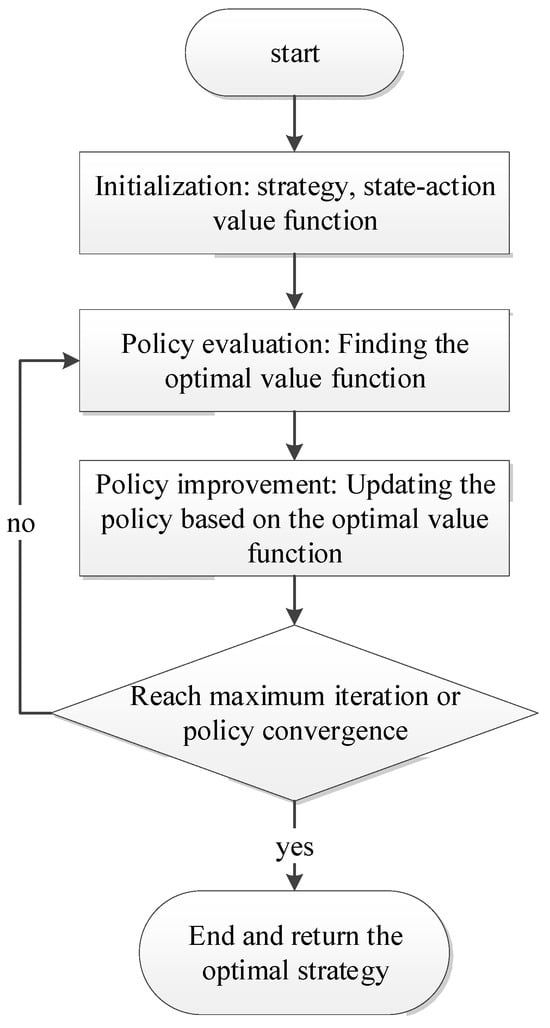
Applied Sciences An Open Access Journal from MDPI

Applied Sciences, Free Full-Text, Semantic Mediation Model to Promote Improved Data Sharing Using Representation Lear…

PDF) Applied Data Science Course Notes
PDF - Wikipedia

Applied Sciences An Open Access Journal from MDPI

HZ University of Applied Sciences Logo PNG Transparent & SVG Vector - Freebie Supply
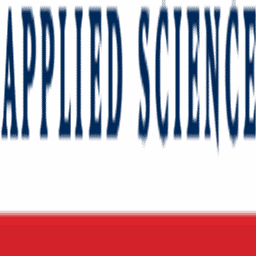
Applied Science - Crunchbase Company Profile & Funding

PubMed
Recomendado para você
-
 Pet Legends 2 Codes - Roblox10 novembro 2024
Pet Legends 2 Codes - Roblox10 novembro 2024 -
 Project Ghoul Codes - Try Hard Guides10 novembro 2024
Project Ghoul Codes - Try Hard Guides10 novembro 2024 -
 NEW* ALL WORKING FREE CODES PROJECT GHOUL ROBLOX10 novembro 2024
NEW* ALL WORKING FREE CODES PROJECT GHOUL ROBLOX10 novembro 2024 -
 Roblox: All Project Ghoul codes and how to use them (Updated10 novembro 2024
Roblox: All Project Ghoul codes and how to use them (Updated10 novembro 2024 -
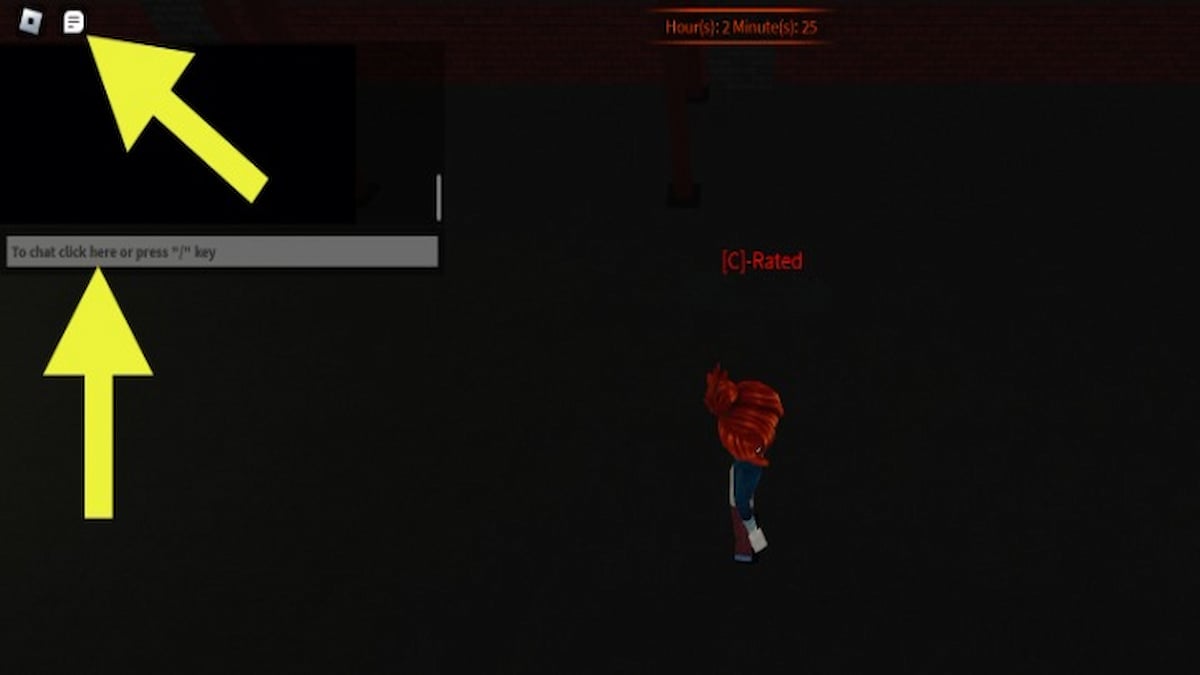 Ro Ghoul Codes (December 2023) - Prima Games10 novembro 2024
Ro Ghoul Codes (December 2023) - Prima Games10 novembro 2024 -
 Project Ghoul Codes – February 2023 (Complete list) « HDG10 novembro 2024
Project Ghoul Codes – February 2023 (Complete list) « HDG10 novembro 2024 -
![Ro-Ghoul codes list [December 2023]](https://assetsio.reedpopcdn.com/ro-ghoul-banner-image.png?width=1600&height=900&fit=crop&quality=100&format=png&enable=upscale&auto=webp) Ro-Ghoul codes list [December 2023]10 novembro 2024
Ro-Ghoul codes list [December 2023]10 novembro 2024 -
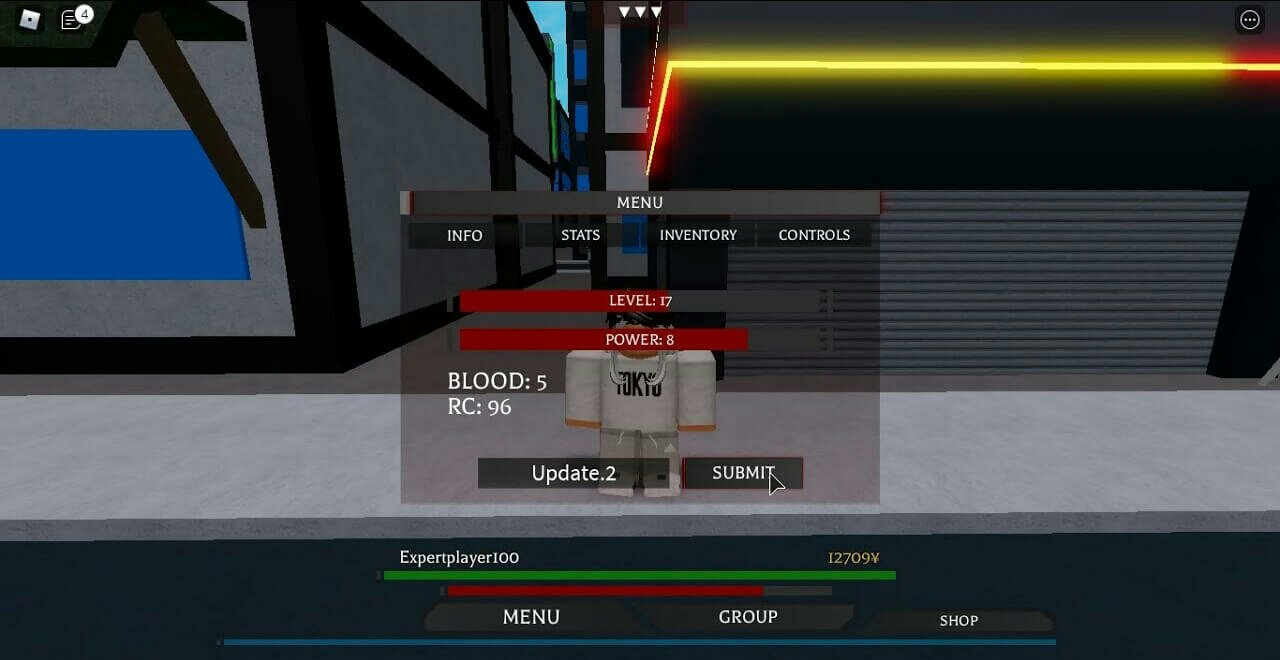 Project Ghoul Codes for Free Spins and Yen (2023) - Gaming Pirate10 novembro 2024
Project Ghoul Codes for Free Spins and Yen (2023) - Gaming Pirate10 novembro 2024 -
 My Gojo Satoru Uses Unlimited Void Final Version! (Twitter:@PlutoStudio2) : r/JuJutsuKaisen10 novembro 2024
My Gojo Satoru Uses Unlimited Void Final Version! (Twitter:@PlutoStudio2) : r/JuJutsuKaisen10 novembro 2024 -
 Roblox Project Ghoul codes for free Yen and Spins in December 202310 novembro 2024
Roblox Project Ghoul codes for free Yen and Spins in December 202310 novembro 2024
você pode gostar
-
 Tim Hortons on X: Say 👋 to our new Reese's Peanut Butter Cheesecake Dream Donut — yes, it tastes as good as it looks. / X10 novembro 2024
Tim Hortons on X: Say 👋 to our new Reese's Peanut Butter Cheesecake Dream Donut — yes, it tastes as good as it looks. / X10 novembro 2024 -
 Redfall is just another generic, soulless fps with poor visuals10 novembro 2024
Redfall is just another generic, soulless fps with poor visuals10 novembro 2024 -
 The Inevitable Disappointment of Final Fantasy VII Rebirth - Paste10 novembro 2024
The Inevitable Disappointment of Final Fantasy VII Rebirth - Paste10 novembro 2024 -
 Roblox 2023-2024 by luisemo on DeviantArt10 novembro 2024
Roblox 2023-2024 by luisemo on DeviantArt10 novembro 2024 -
Bintley Borders, Burials, and the Extended Mind in Early10 novembro 2024
-
 GTA Online: Is It Free To Download And Play?10 novembro 2024
GTA Online: Is It Free To Download And Play?10 novembro 2024 -
 My Crazy Idea To Reduce Draws In Chess10 novembro 2024
My Crazy Idea To Reduce Draws In Chess10 novembro 2024 -
Replying to @kunikuzushi's. my hu tao nuke build! if you're10 novembro 2024
-
 Pixilart - Game Over by Zak626810 novembro 2024
Pixilart - Game Over by Zak626810 novembro 2024 -
Studio Bella Beleza, Salão de cabeleireiro10 novembro 2024

